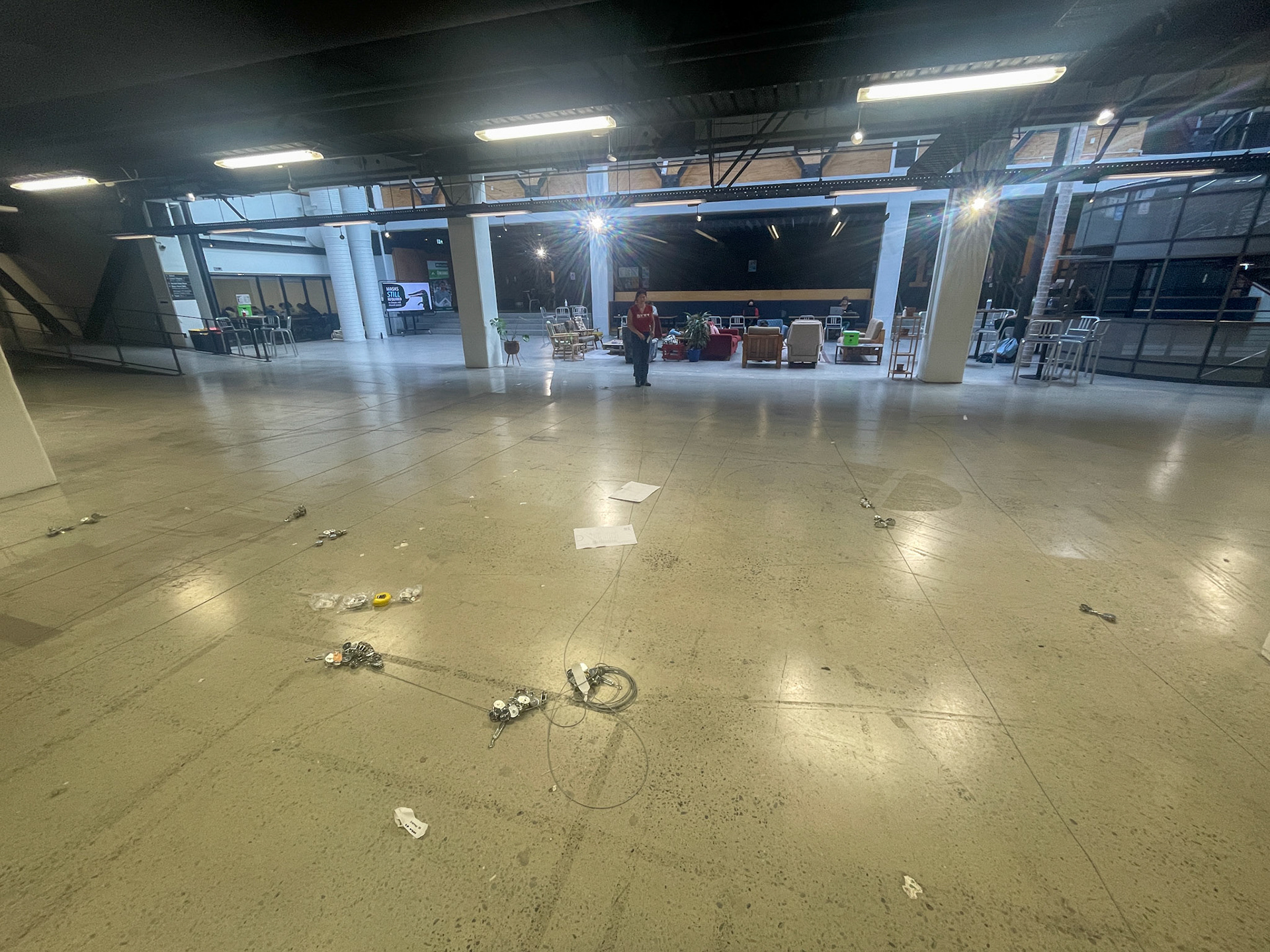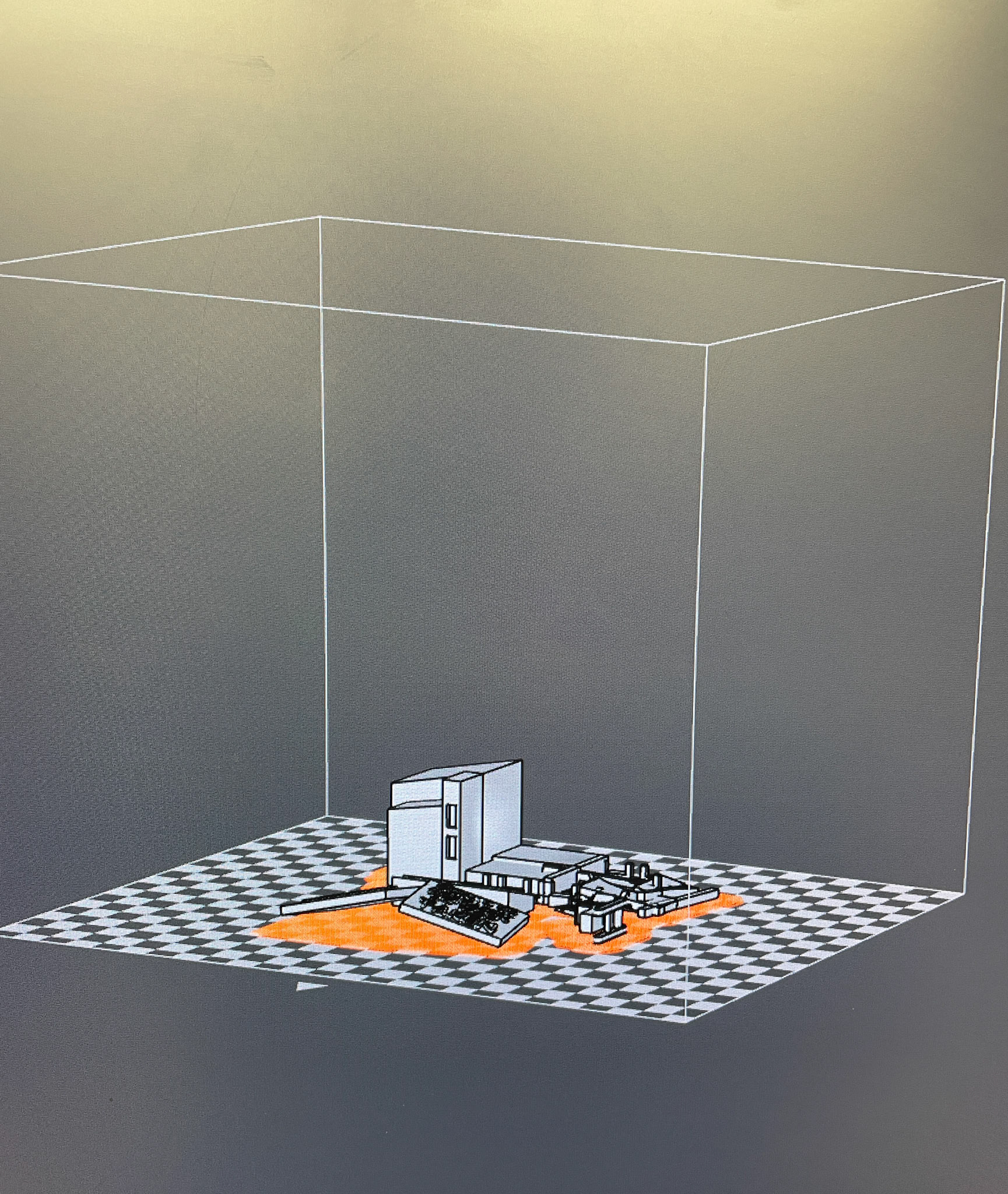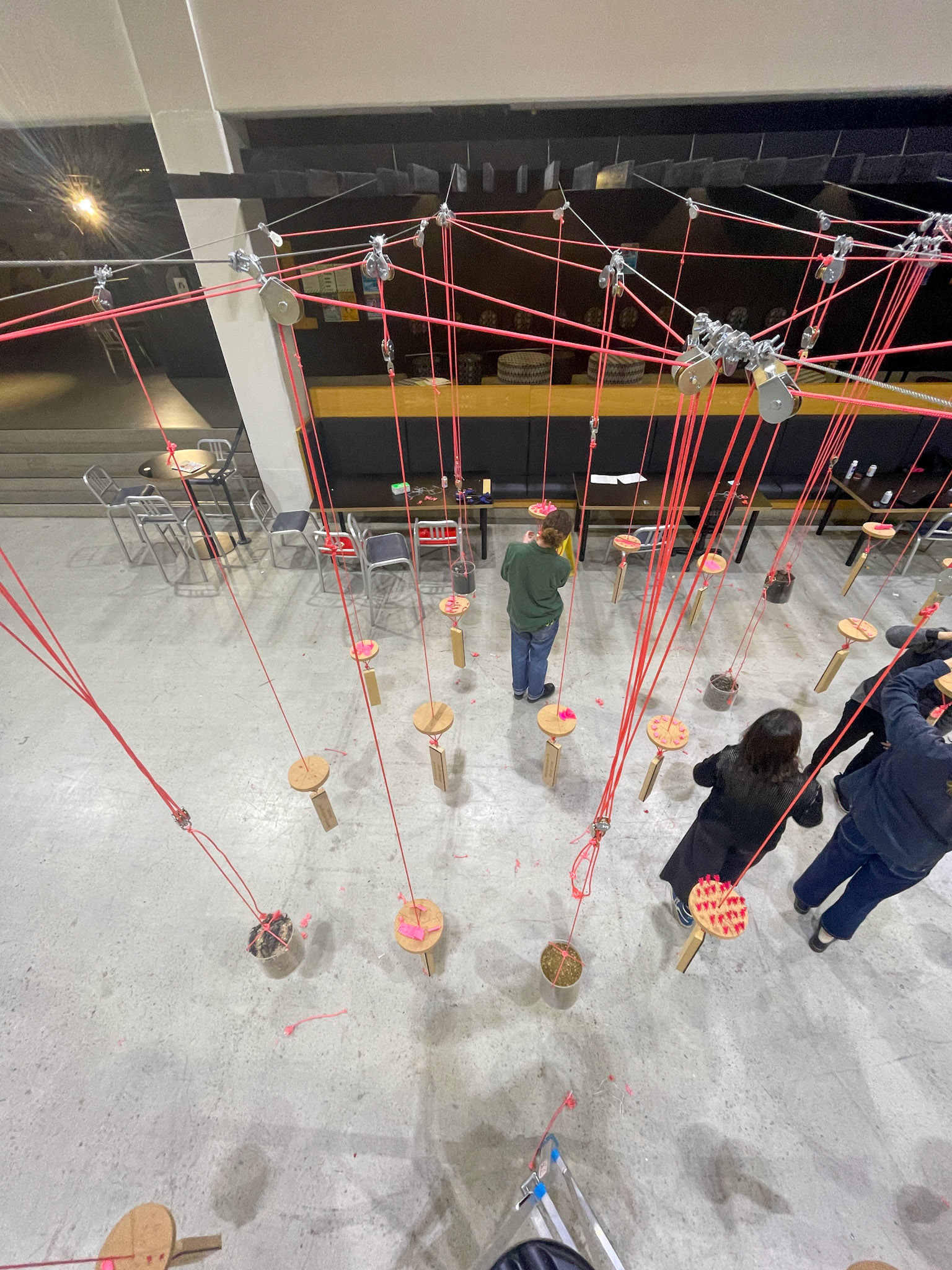













LAND (IM)BALANCE | LATERAL OFFICE | VICTORIA UNIVERSITY OF WELLINGTON SCHOOL OF ARCHITECTURE
LAND (IM)BALANCE // Wellington, New Zealand (2022). - Project Team: Zak Jacobi, Kearon Roy Taylor, Lola Sheppard, Mason White with Sam Kebbell, Mary Allen, Eva Albiston and the Wellington School of Architecture
Words from Lateral Office (2023) / "The effects of colonization on the landscapes of Aotearoa have been massively invasive. In addition to ongoing claims under Te Tiriti, the discourse has an increasingly environmental dimension. European settlers burned or razed over 70% of indigenous forests in the interests of logging and agriculture, drained over 90% of indigenous wetlands, and introduced numerous exotic flora and fauna that have completely reshaped the ecology of the archipelago. Intensification of agricultural practices and urban sprawl create pressures that are compounded by the ongoing impacts of climate change, for example. Overexploitation has created a landscape out of balance that is increasingly vulnerable to erosion and degradation from increasingly frequent extreme weather events."
"Land (Im)balance borrows soil from different parts of the region that represent different land types, each tied to various uses and activities. The soils are held in transparent cylinders suspended above the ground. A series of forces, modelled as land surface fragments, which are local, regional, and global acting upon whenua, serve as counterbalances to the soil. These forces represent stories about and pressures upon the land. Visitors can observe and participate in the complex impact of negotiating these forces through an “epigenetic landscape” network suspended in and out of balance."
"Land (Im)balance borrows soil from different parts of the region that represent different land types, each tied to various uses and activities. The soils are held in transparent cylinders suspended above the ground. A series of forces, modelled as land surface fragments, which are local, regional, and global acting upon whenua, serve as counterbalances to the soil. These forces represent stories about and pressures upon the land. Visitors can observe and participate in the complex impact of negotiating these forces through an “epigenetic landscape” network suspended in and out of balance."